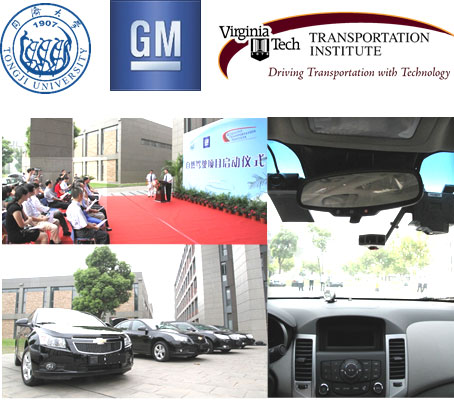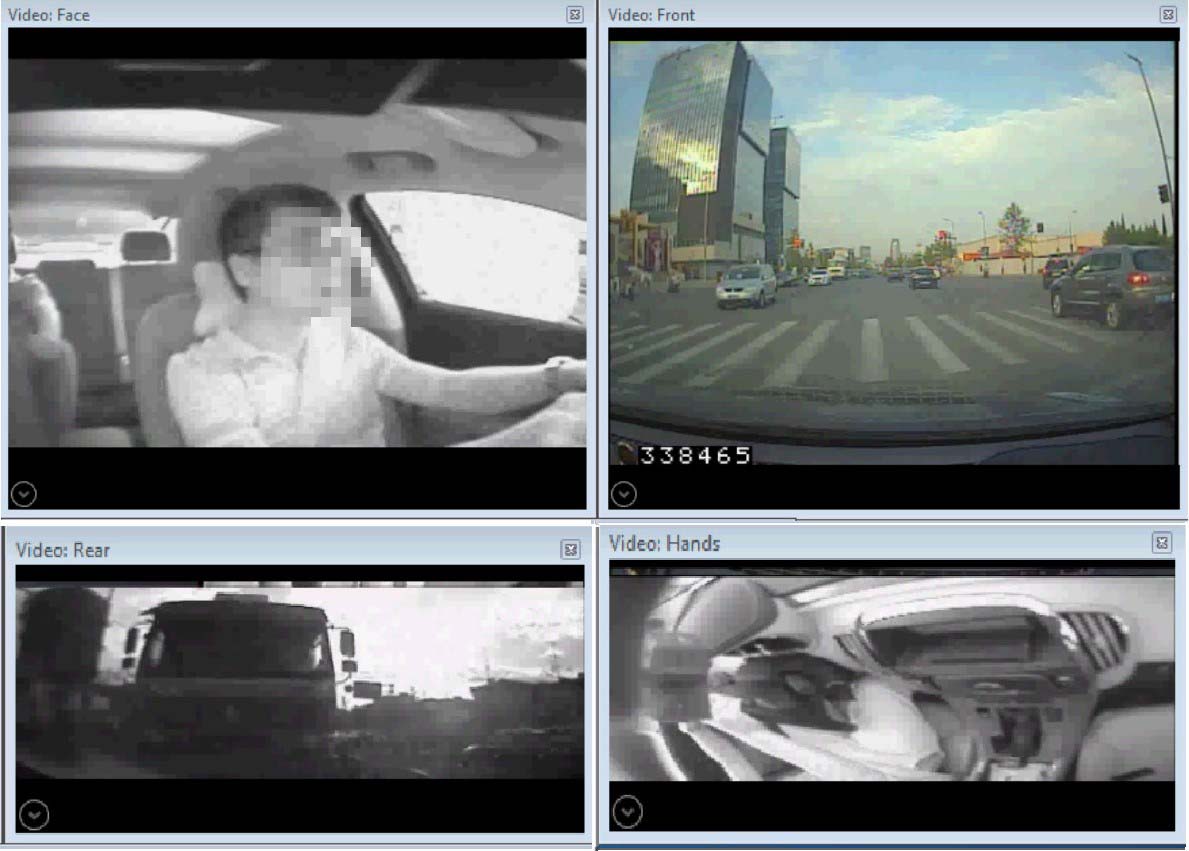Work Summary
- Collected 60 Chinese drivers’ real-world driving data, with a total mileage of 161,055 km.
- Investigated decision-making mechanisms for essential driving behaviors based on 108,933 car-following events, 17,309 lane-change events, 7,845 cut-in events, and 3,256 vehicle-pedestrian conflicts.
- Calibrated, validated, and cross-compared five representative car-following models and found that the full velocity difference model performed best for Shanghai drivers.
- Investigated the impact of a forward collision warning system on drivers’ car following behavior.
- Developed two autonomous car-following algorithms with deep reinforcement learning: one can perform human-like car following; the other is capable of controlling vehicle velocity in a safe, efficient, and comfortable manner.
General Information
Shanghai Naturalistic Driving Study (SH-NDS) was jointly conducted by Tongji University, General Motors (GM), and the Virginia Tech Transportation Institute (VTTI). The SH-NDS aimed to learn more about the vehicle use, vehicle handling, and safety consciousness of Chinese drivers.

The launch of Shanghai Naturalistic Driving Study
Data Collection System
The DAS uses an interface box to collect vehicle controller area network (CAN) data, an accelerometer for longitudinal and lateral acceleration, a radar system that measures range and range rate to the lead vehicle and the vehicles in adjacent lanes, a light meter, a temperature/humidity sensor, a global positioning system (GPS) sensor, and four synchronized camera views to validate the sensor-based findings (Fitch and Hanowski, 2012).
As shown in the following figure, the four camera views monitor the driver’s face, the forward roadway, the roadway behind the vehicle, and the driver’s hand maneuvers. The data collection frequency ranges from 10 to 50 Hz. The DAS automatically starts when the vehicle’s ignition is turned on, and automatically powers down when the ignition is turned off.

Four camera views of the SH-NDS